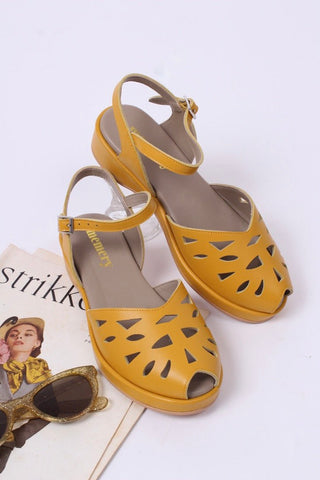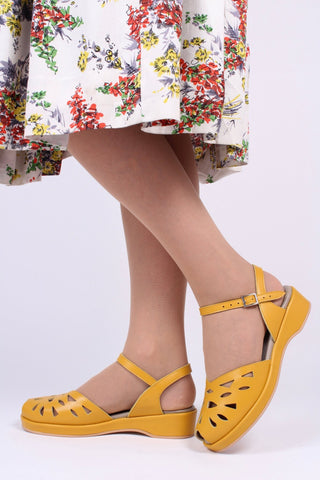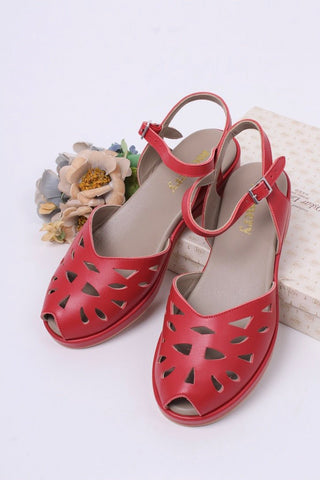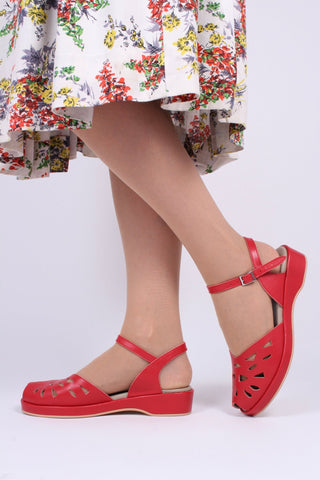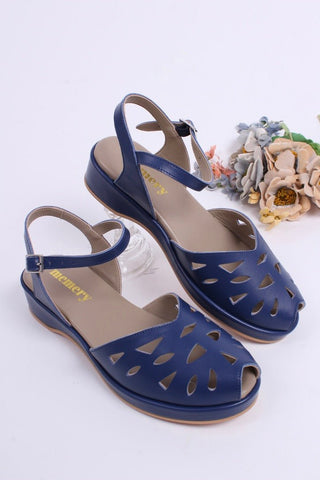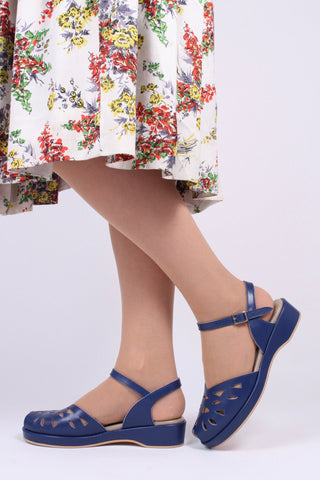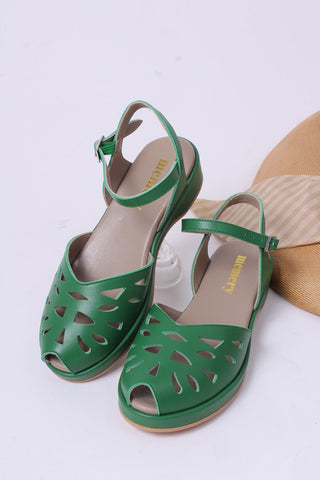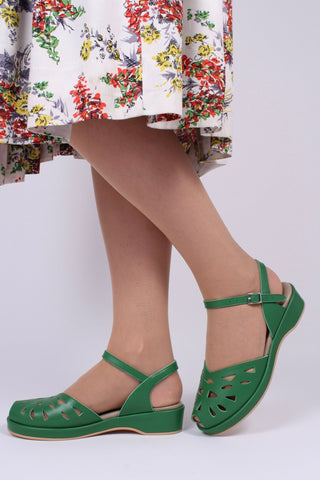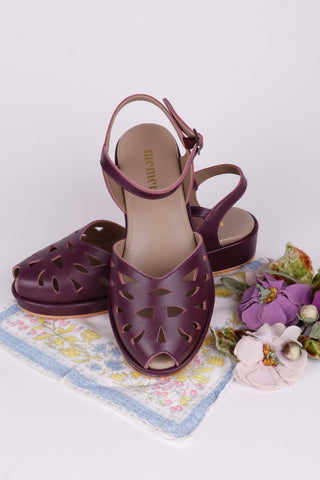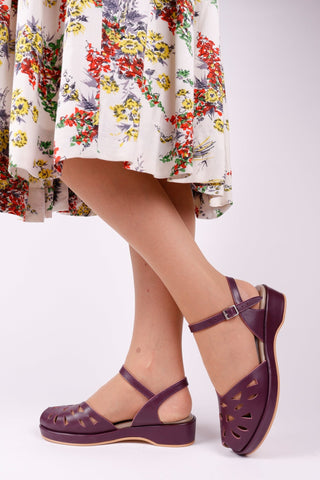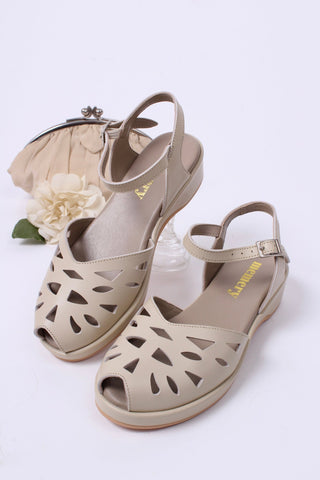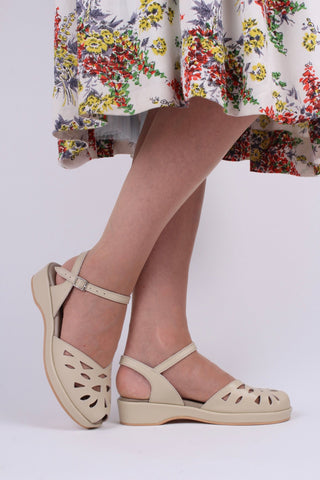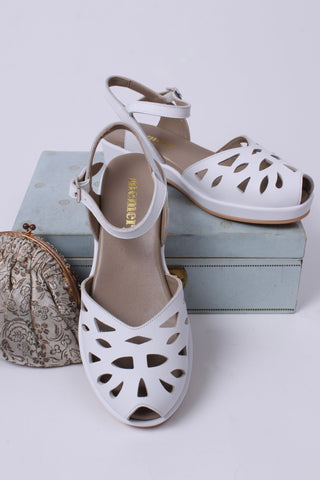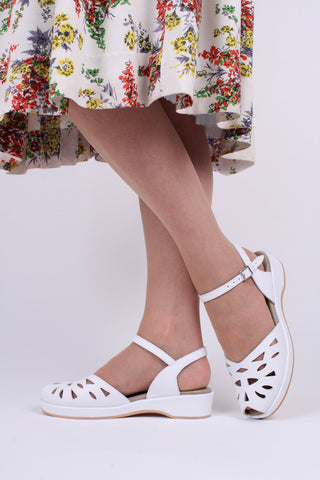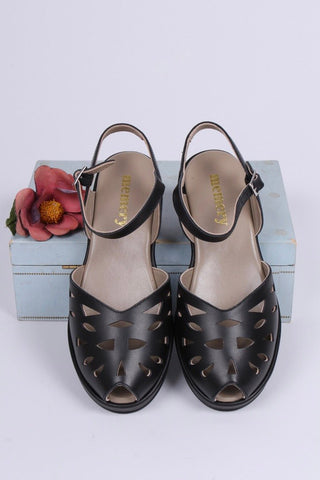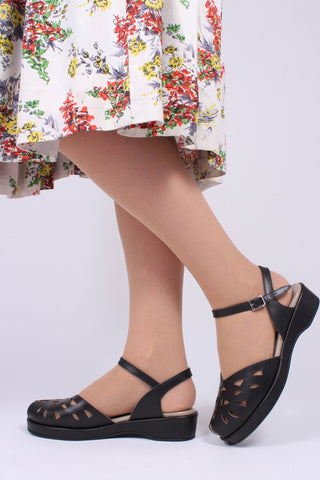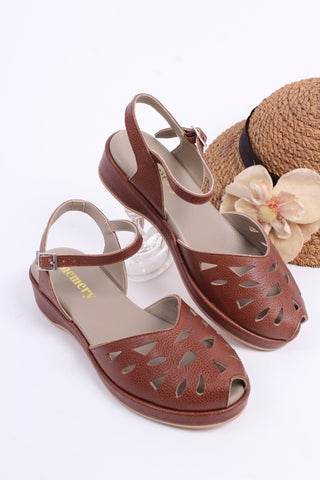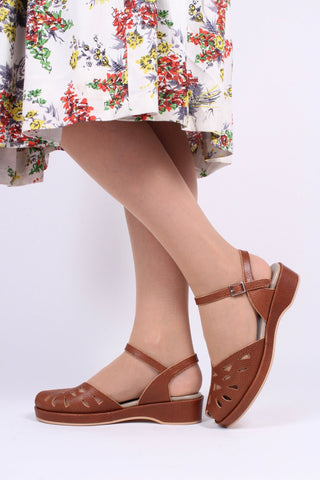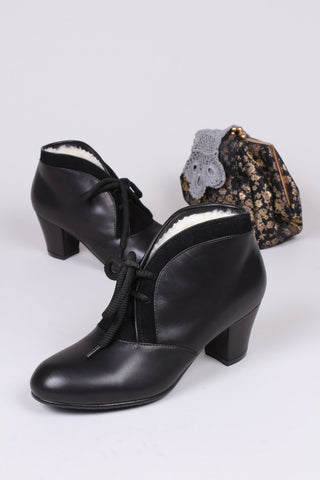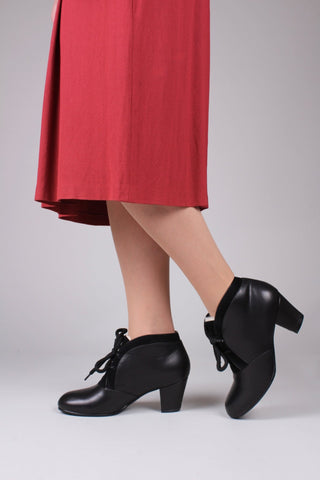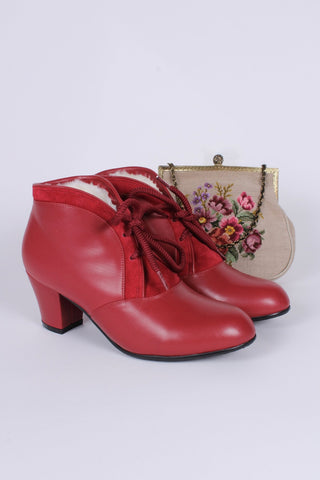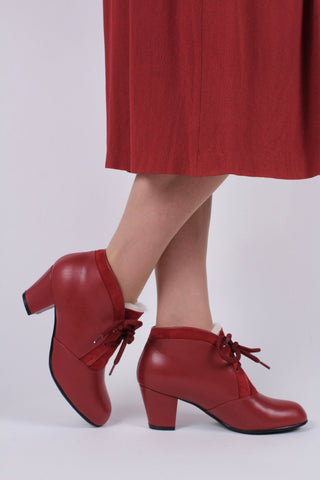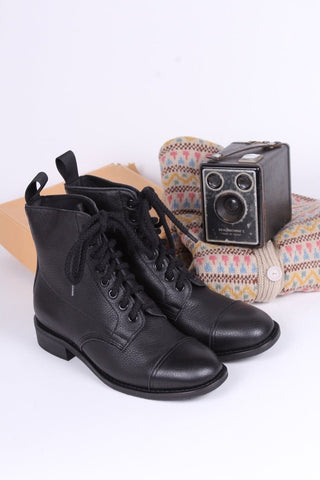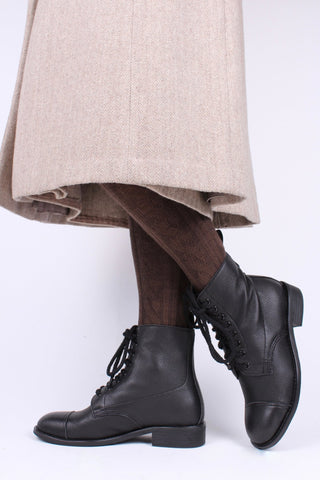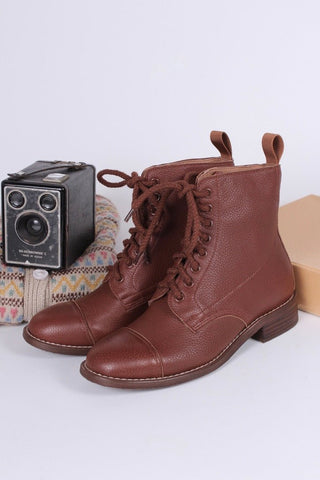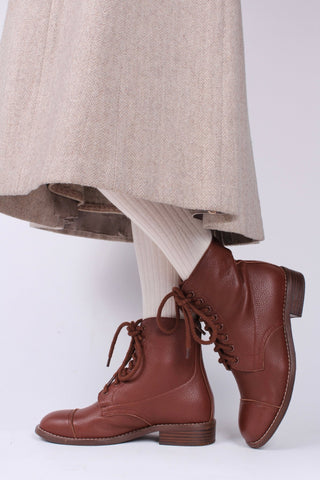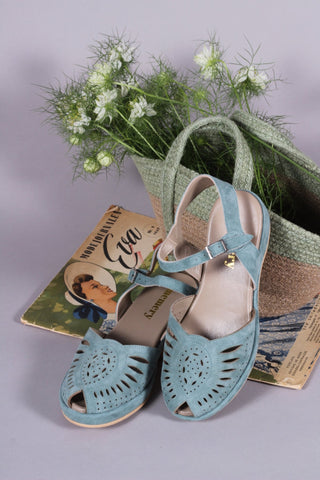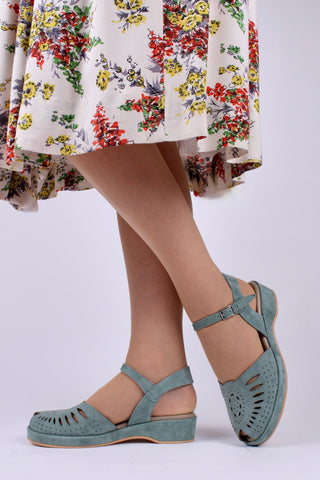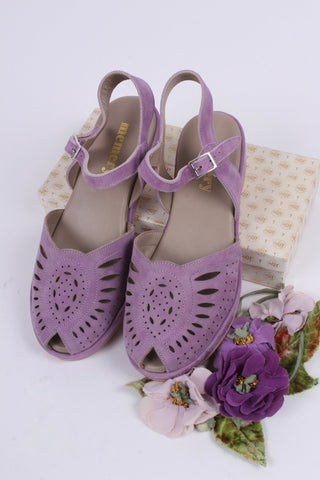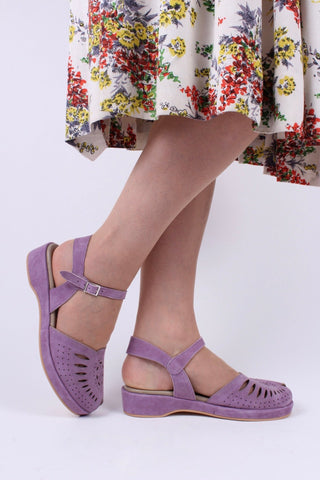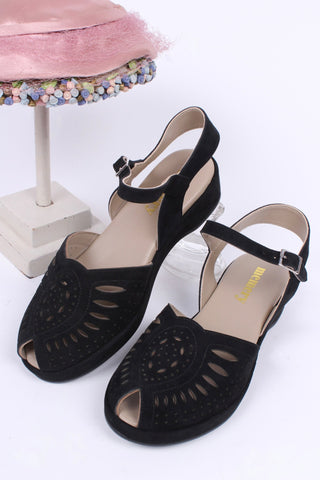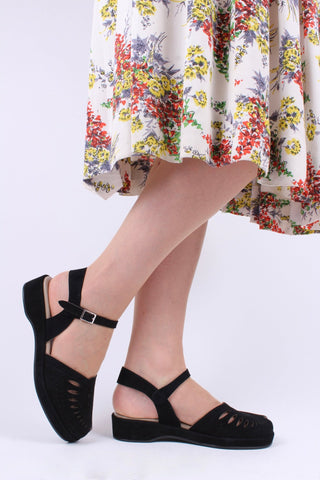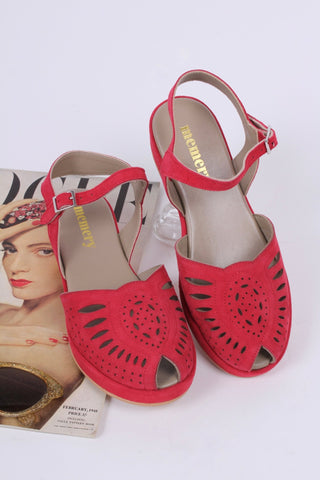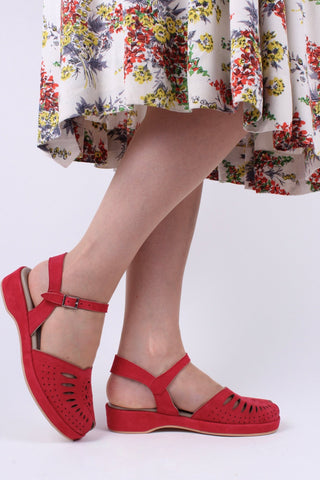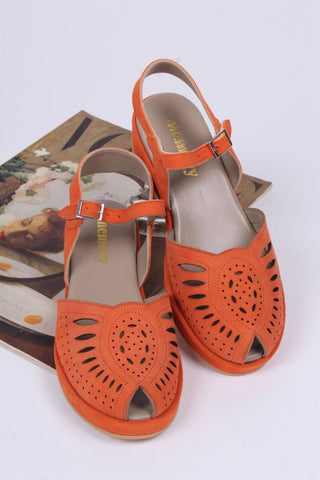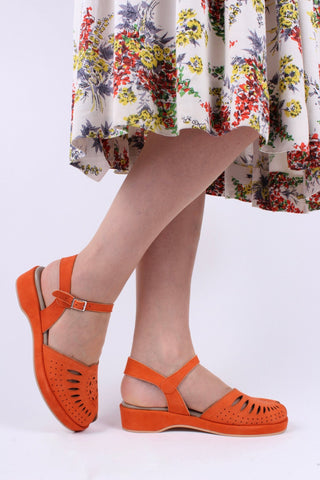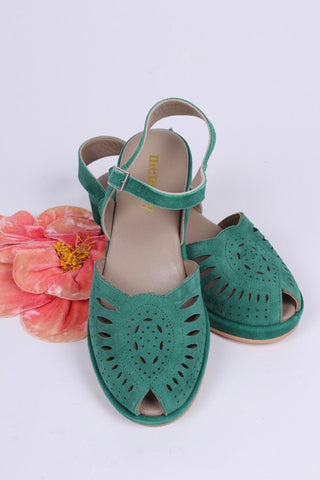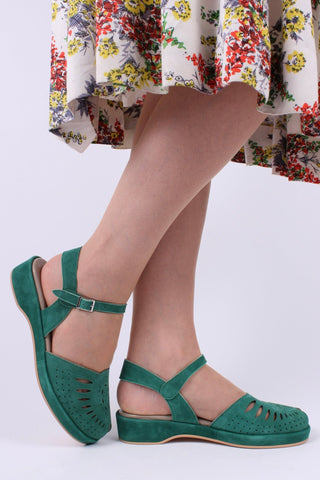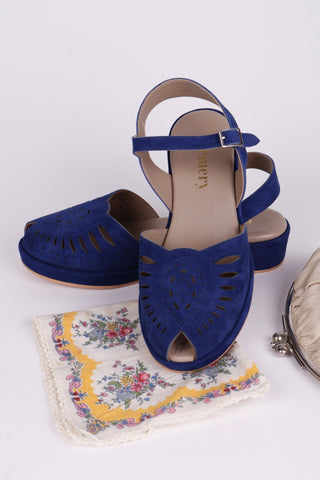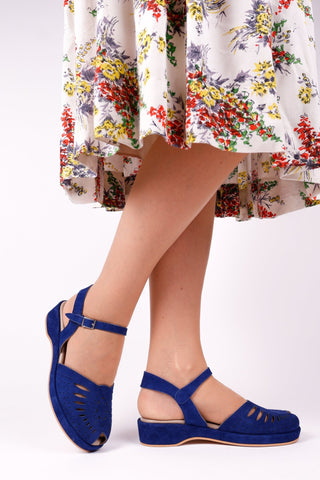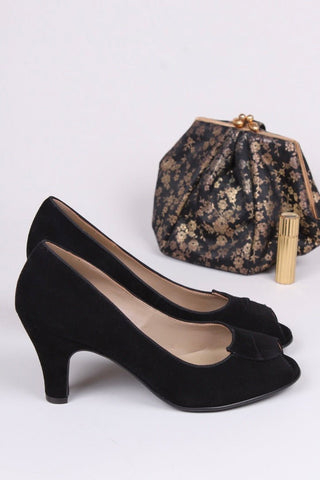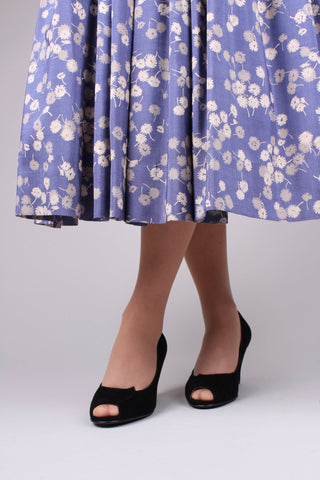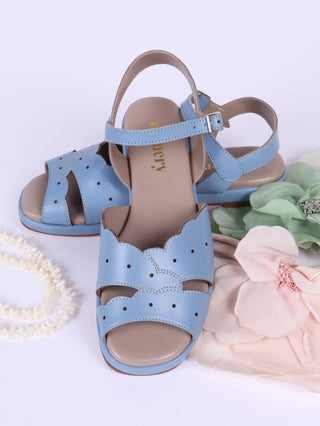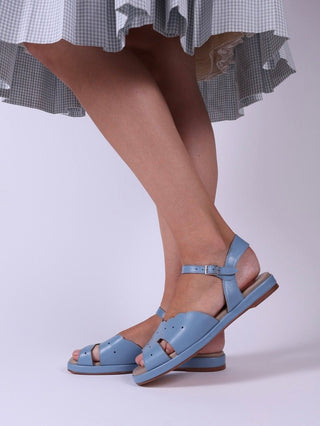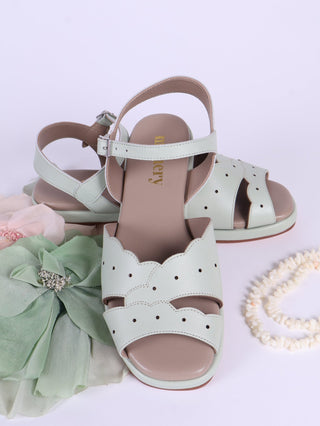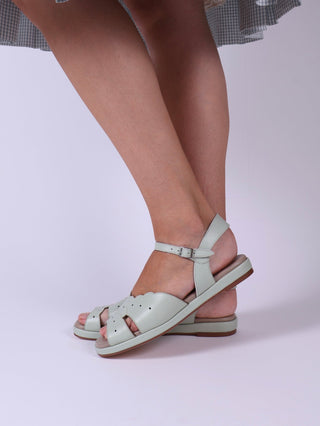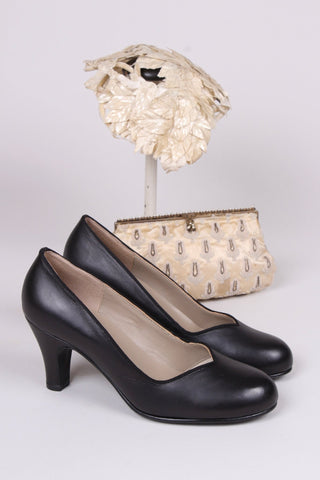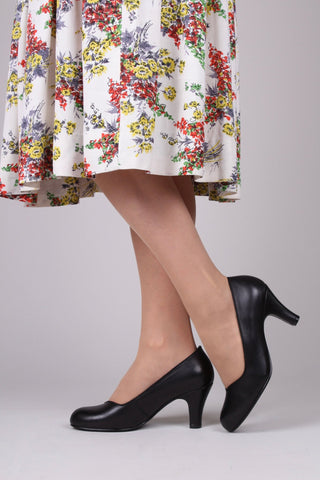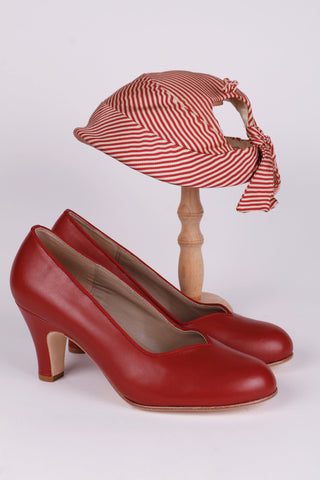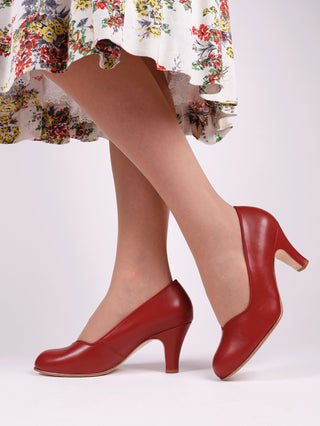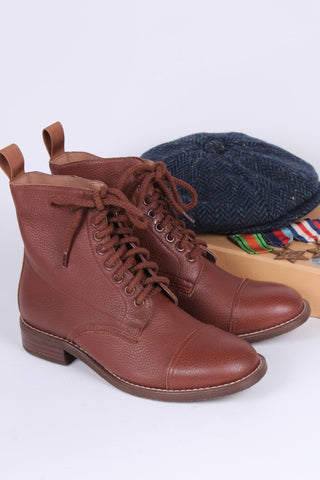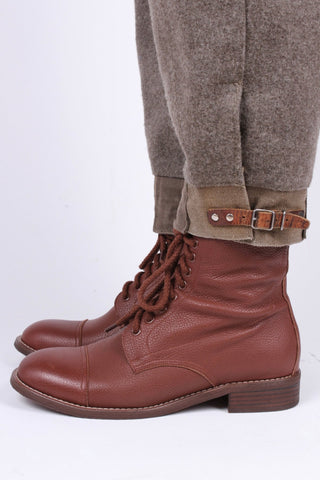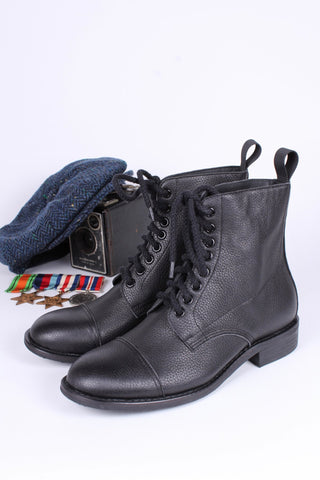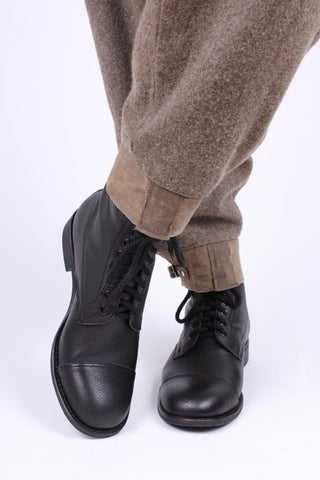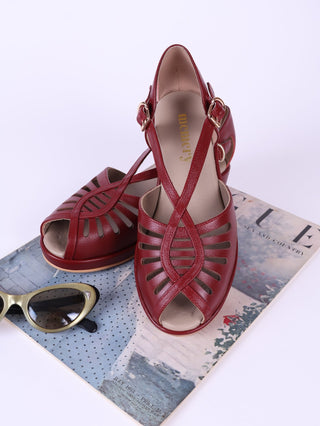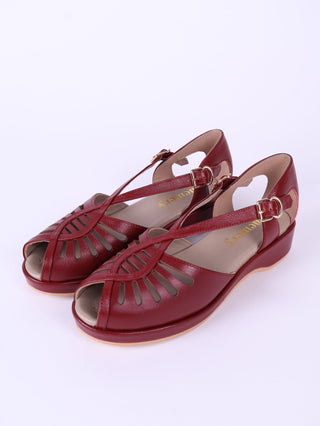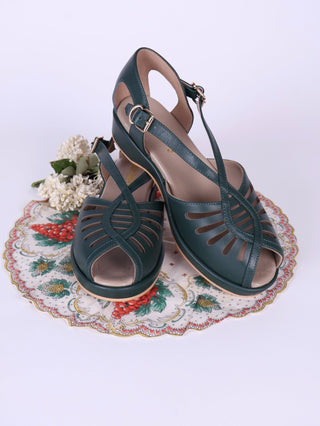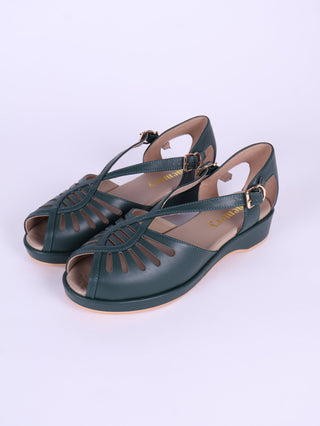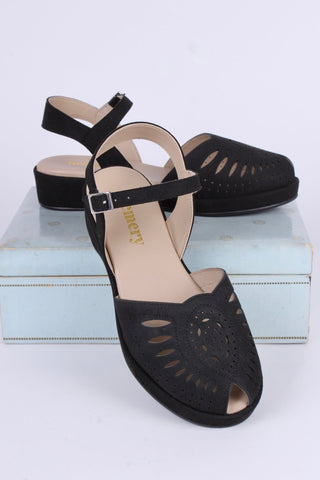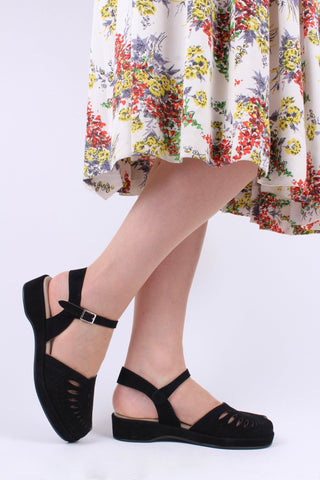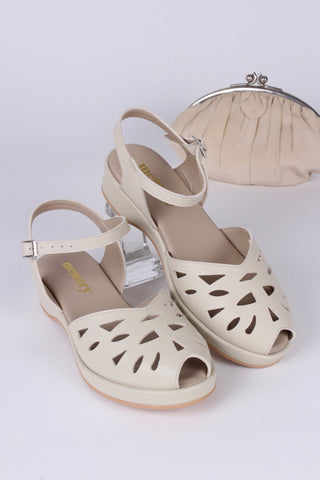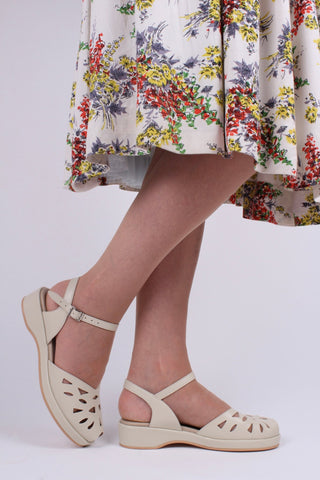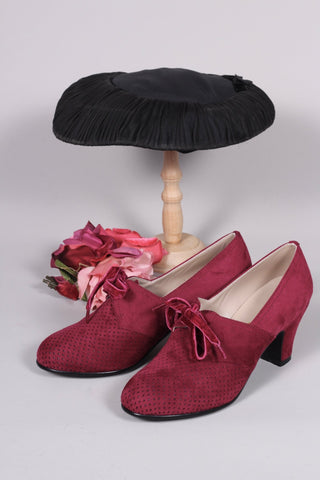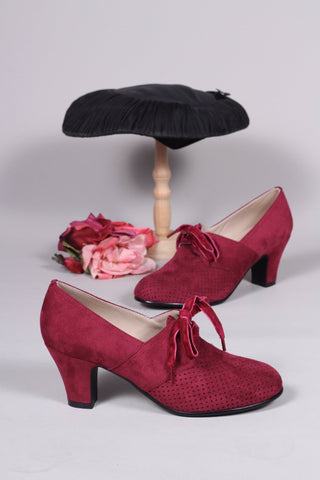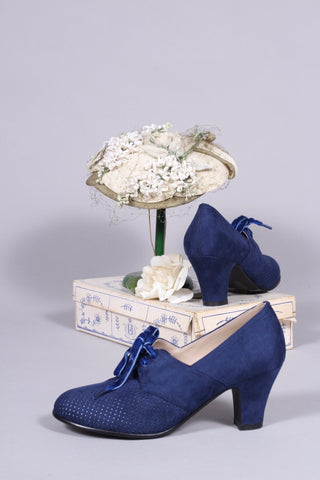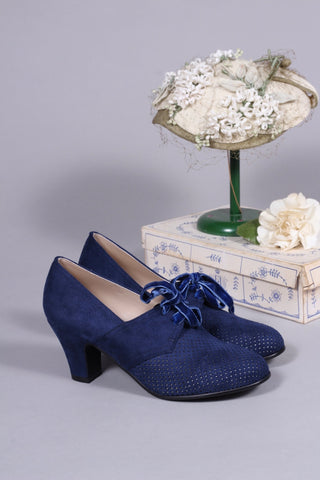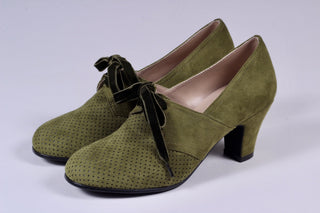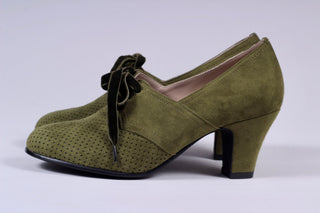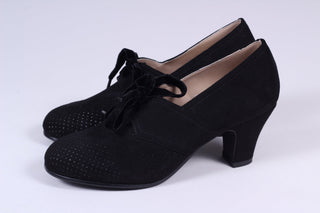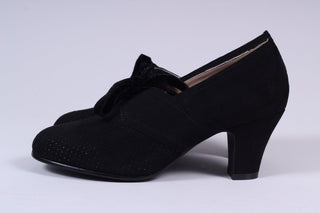1940s shoes and boots
Shoes and boots inspired by the historic 1940s
1940s / 50s summer wedge sandals - Mustard Yellow - Sidse
memery
$169.00
- Unit price
- /per
9 colors
- +4 more
- +4 more
1940s / 50s summer wedge sandals - Navy Blue - Sidse
memery
$169.00
- Unit price
- /per
9 colors
- +4 more
- +4 more
- +4 more
- +4 more
- +4 more
- +4 more
- +4 more
1940s / early 1950s winter ankle boots - Red - Lillie
memery
$219.00
- Unit price
- /per
2 colors
1940s / 50s style suede wedge - Dusty blue green - Ella
memery
$169.00
- Unit price
- /per
7 colors
- +2 more
- +2 more
- +2 more
- +2 more
- +2 more
- +2 more
- +2 more
1950s sandals with claud-shaped pattern - Blue pastel- Joy
memery
$179.00
- Unit price
- /per
2 colors
1950s sandals with claud-shaped pattern - Mint - Joy
memery
$179.00
- Unit price
- /per
2 colors
VEGAN - 1940s / 50s style suede wedge - Black - Ella
memery
$169.00
- Unit price
- /per
7 colors
- +2 more
VEGAN - 1940s / 50s style summer sandals / wedges - Cream - Sidse
memery
$169.00
- Unit price
- /per
VEGAN shoes - 40s vintage style pumps with shoe lace - Red - Esther
memery
$189.00
- Unit price
- /per
4 colors
VEGAN shoes - 40s vintage style pumps with shoe lace - Navy Blue - Esther
memery
$189.00
- Unit price
- /per
4 colors
VEGAN shoes - 40s vintage style pumps with shoe lace - Green - Esther
memery
$189.00
- Unit price
- /per
4 colors
VEGAN shoes - 40s vintage style pumps with shoe lace - Black - Esther
memery
$189.00
- Unit price
- /per
4 colors
You’re viewing 41-77 of 77 products
FAQ about 40s shoes and boots
Oxford shoes in black and brown remained a popular footwear choice for both men and women. Due to a shortage of leather, shoes began to be made from spotted hide and with cork or wood soles. Elegant pumps became fashionable among women in various styles, with the peep-toe design being popular for both sandals and pumps.
Fashion during World War II was shaped by clothing rationing, leading to a functional and simple style. Women often wore knee-length skirts, tailored dresses with broad shoulders, and trousers for work. Military-inspired details such as shoulder pads and khaki colors were popular. After the war, especially with Christian Dior's "New Look" in 1947, more feminine and voluminous dresses with narrow waists and long skirts made a return.
Men wore simple, streamlined suits during the war, often with high-waisted trousers and fewer details to conserve materials.
A dress with either broad shoulders or puff sleeves, an elegant brooch and a string of pearls around the neck would be a fitting womens attire for a 1940s attire. Accessories like a clutch and a pair of evening sandals, preferable with a peep toe would finish off the look. For men a suit with high waisted trousers, a vest and a jacket with a small pocket
Soldiers in WW2 wore military boots in black or brown made of thick leather. Military boots were quite heavy with soles reinforced with small metal studs and heel plates for extra durability and traction. They usually had a round toe cap and a thin fitting boot shaft with durable metal eyelets and thick laces.


